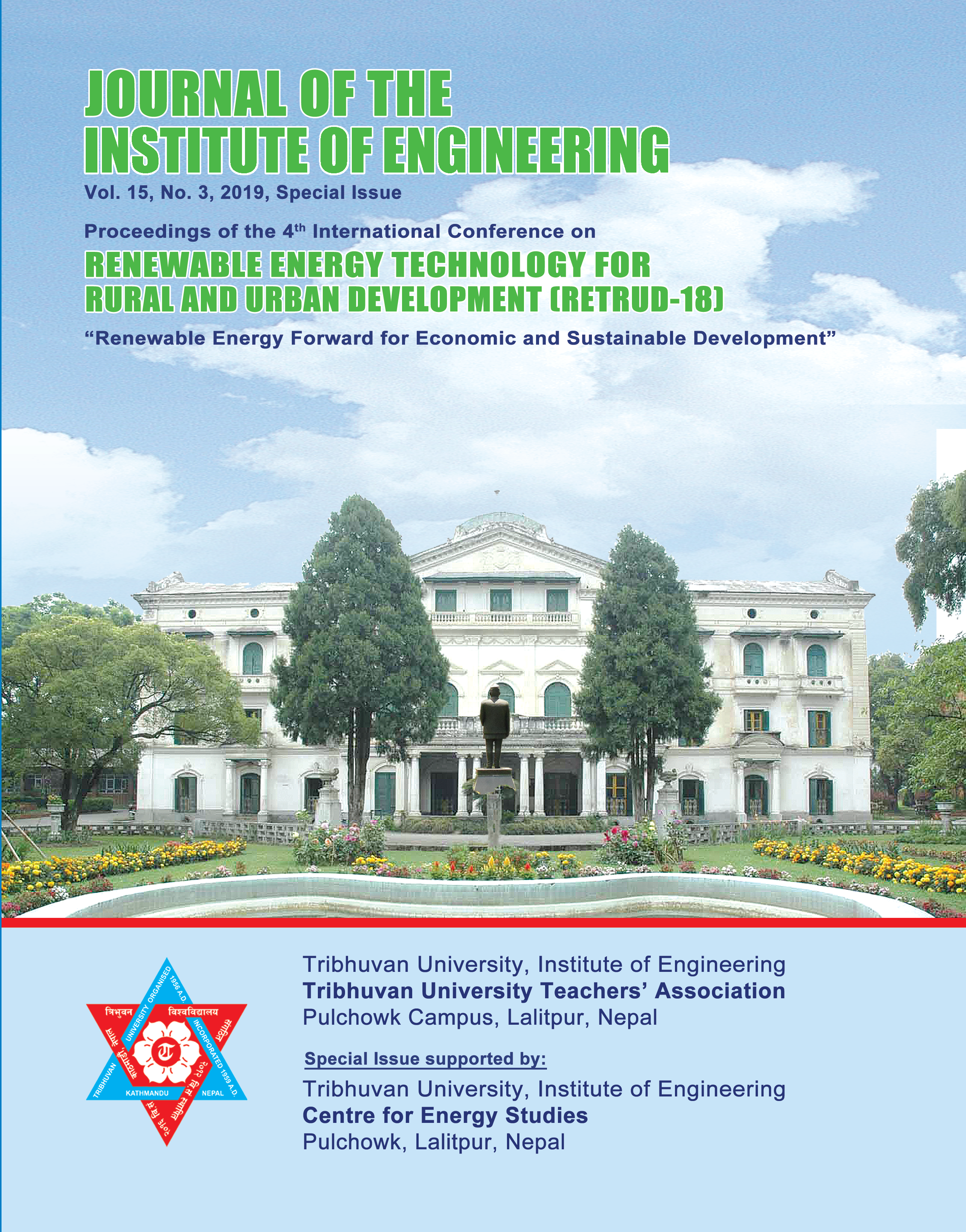Assessing the Role of Modal Shift in Minimizing Transport Energy Consumption, a Case Study of Kathmandu Valley
DOI:
https://doi.org/10.3126/jie.v15i3.31999Keywords:
Transport energy, Work trips, Educational trips, Kathmandu Valley, Public TransportAbstract
With rapid growing economies and population, there is an increasing trend of expansion of urban sprawl and auto-mobilization, in the cities of the Kathmandu Valley. With the rise in travel demand, transport energy is becoming a major concern for planners and policymakers. This paper aims to study the transport energy of daily trips that constitute work and educational trips, in context of the Kathmandu Valley. The study demonstrates the applicability of a 4-step travel demand model for the assessment of energy-saving measures in urban transport system by formulating scenarios. The results show that currently, daily trips consume 3666 TJ annually. Cars and motorcycles contribute to most of the consumption, accounting for over 80% of the total transport energy. As a mitigation measure to reduce transport energy, the introduction of the efficient public transport system in the form of Bus Rapid Transit System (BRTS) along major corridors, could bring down transport energy consumption significantly. The paper concludes with the essence, to address the need for modal shift to the mass transit system, as a step towards the minimization of transport energy.
Downloads
Downloads
Published
How to Cite
Issue
Section
License
The Copyright is held by Journal of the Institute of Engineering, IOE, TU




